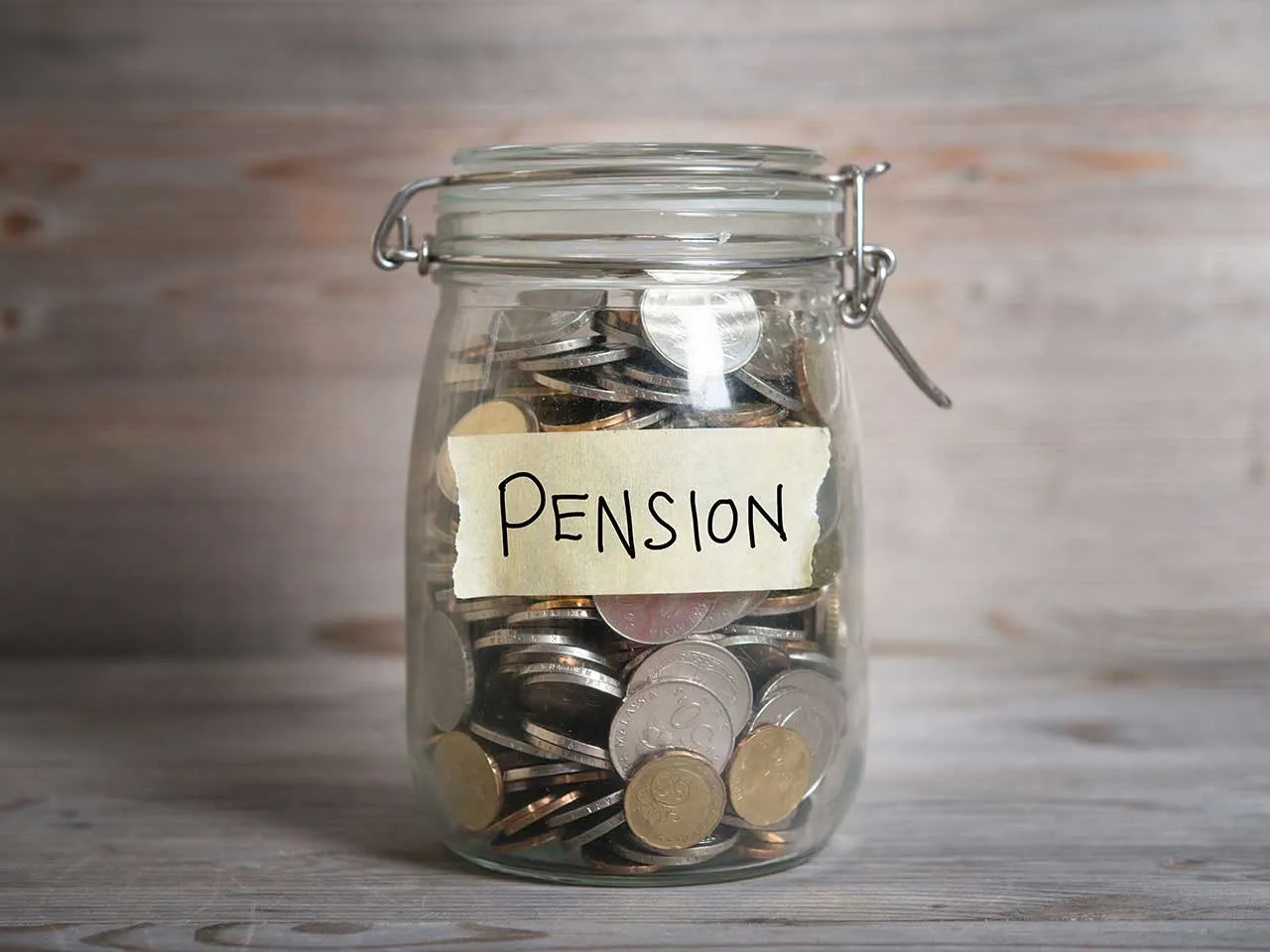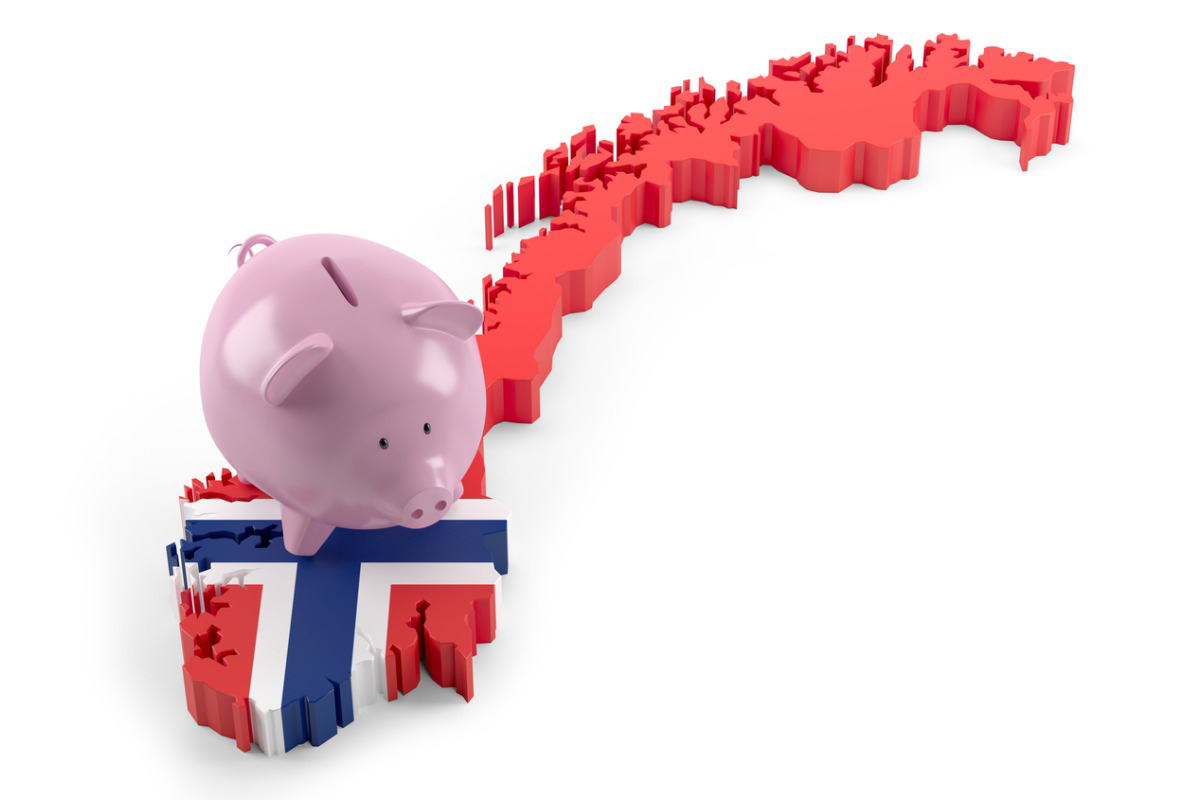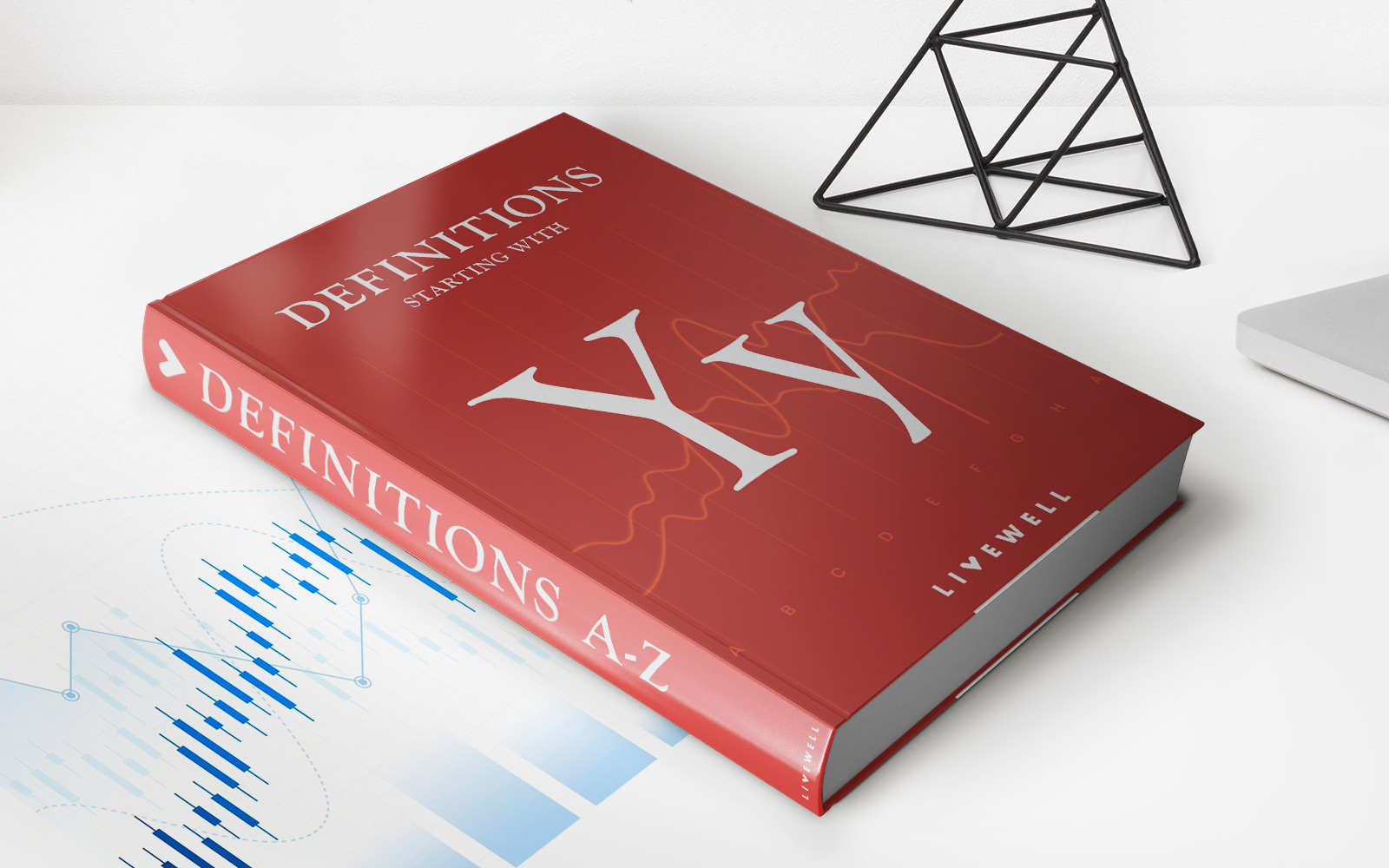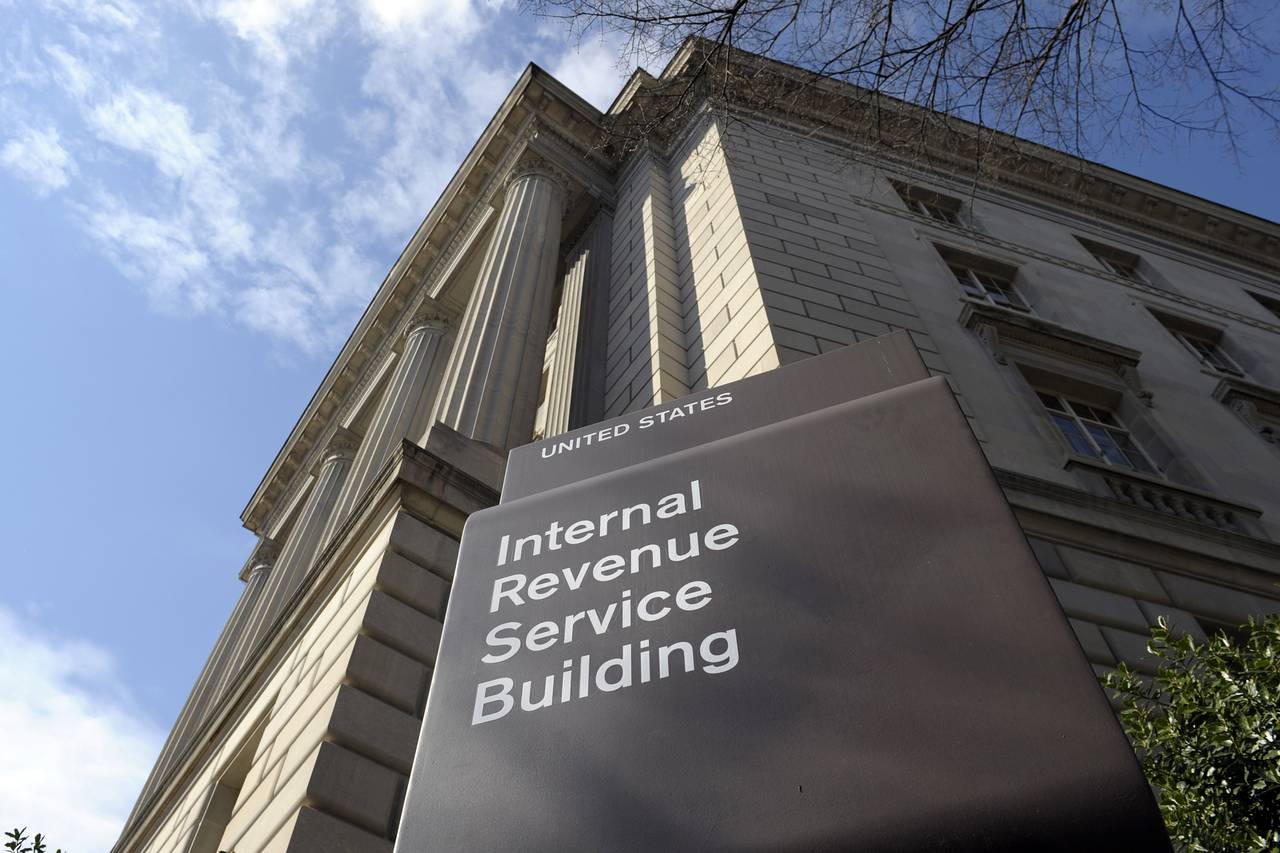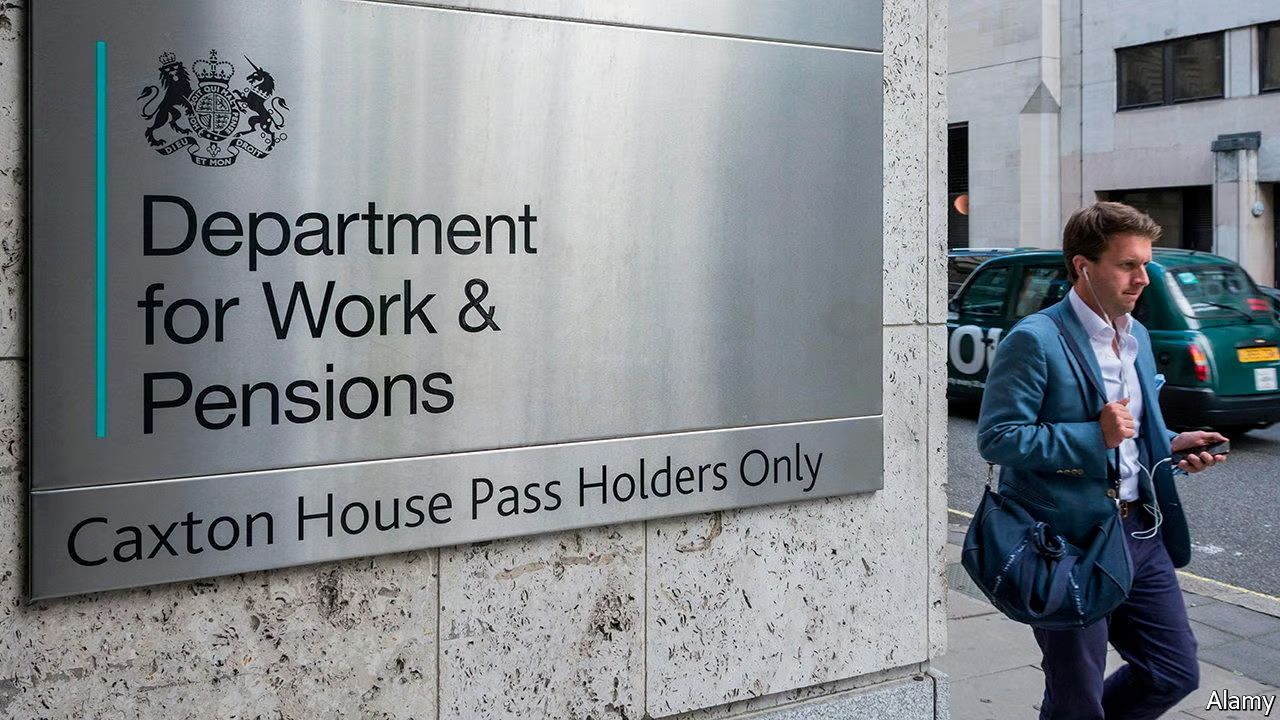

Finance
How Do Pension Funds Work?
Published: January 22, 2024
Learn how pension funds work and their role in personal finance. Understand the benefits and considerations of pension fund investments. Discover more about finance and retirement planning.
(Many of the links in this article redirect to a specific reviewed product. Your purchase of these products through affiliate links helps to generate commission for LiveWell, at no extra cost. Learn more)
Table of Contents
Introduction
Pension funds play a crucial role in securing financial stability for individuals during their retirement years. Understanding the intricacies of pension funds is essential for anyone planning for their future. In this comprehensive guide, we will delve into the workings of pension funds, exploring their types, operations, benefits, drawbacks, and the regulatory framework governing them.
Pension funds are a cornerstone of retirement planning, offering a structured approach to building a nest egg for the post-employment phase of life. As we navigate through the nuances of pension funds, we will uncover the mechanisms that drive these investment vehicles and examine the various considerations that individuals should bear in mind when engaging with them.
Join us on this enlightening journey as we demystify the world of pension funds, empowering you to make informed decisions about your financial future. Whether you are a novice investor or a seasoned financial enthusiast, this guide will provide valuable insights into the inner workings of pension funds, shedding light on their significance in the realm of personal finance.
What are Pension Funds?
Pension funds are investment pools specifically designed to provide income to individuals during retirement. These funds are typically sponsored by employers, government entities, or labor unions, with contributions coming from employees, employers, or both. The primary objective of pension funds is to accumulate and grow assets over a working individual’s career, ultimately generating a steady stream of income to support them after retirement.
These funds are managed by professional fund managers who make strategic investment decisions to optimize returns while mitigating risks. Pension funds are a form of long-term savings, and they often offer tax advantages to encourage individuals to participate in retirement planning. Contributions to pension funds are typically deducted from an employee’s paycheck, and in many cases, employers also make matching contributions, amplifying the growth potential of the fund.
One of the distinguishing features of pension funds is their long-term investment horizon. Unlike other types of investment vehicles, such as mutual funds or individual retirement accounts (IRAs), pension funds are structured to accommodate the extended time frame between an individual’s entry into the workforce and their retirement. This prolonged investment horizon allows pension funds to allocate a significant portion of their portfolio to assets with higher potential returns, such as equities and real estate, while also maintaining a diversified investment strategy to manage risk.
Furthermore, pension funds often operate under a defined benefit or defined contribution structure. In a defined benefit plan, retirees receive a predetermined amount of income based on factors such as salary history and years of service. In contrast, a defined contribution plan specifies the amount of contributions made to the fund, with the ultimate retirement benefit dependent on the performance of the investments within the fund.
Understanding the nature and purpose of pension funds is essential for individuals planning for retirement. These investment vehicles form a critical pillar of financial security in later years, and comprehending their mechanisms is fundamental to making informed decisions about retirement planning and wealth management.
How Do Pension Funds Operate?
Pension funds operate through a structured process that involves contributions, investment management, and the eventual distribution of retirement benefits. The operational framework of pension funds is designed to ensure the long-term growth of assets while prudently managing risks to fulfill future pension obligations.
Contributions to pension funds are typically made on a regular basis, with both employees and employers contributing to the fund. These contributions are invested in a diversified portfolio of assets, including stocks, bonds, real estate, and other investment instruments. The investment strategy is formulated to achieve growth over the long term, taking into account factors such as the fund’s liabilities, risk tolerance, and market conditions.
Professional fund managers oversee the investment process, leveraging their expertise to make informed decisions that align with the fund’s objectives. These managers conduct thorough research, analyze market trends, and adjust the fund’s asset allocation to optimize returns and manage risks effectively. Additionally, pension funds often adhere to strict investment guidelines and regulatory requirements to ensure prudent and responsible investment practices.
As the assets within the pension fund grow over time, the fund accumulates value, creating a pool of resources that will eventually be used to provide retirement benefits to participants. When individuals reach the age of retirement or become eligible to receive pension benefits, they can choose from various distribution options, such as receiving a monthly income stream, a lump-sum payment, or a combination of both, depending on the specific rules and provisions of the pension fund.
It’s important to note that the operation of pension funds is underpinned by a fiduciary duty to act in the best interests of the fund’s beneficiaries. This fiduciary responsibility requires fund managers and administrators to prudently manage the assets, avoid conflicts of interest, and uphold a high standard of care in their decision-making processes.
Overall, the operation of pension funds revolves around the core principles of disciplined contributions, strategic investment management, and the fulfillment of retirement income commitments. By adhering to these principles, pension funds play a pivotal role in securing financial stability for retirees and promoting a culture of proactive retirement planning.
Types of Pension Funds
Pension funds come in various forms, each tailored to meet specific retirement planning needs and preferences. Understanding the different types of pension funds is essential for individuals navigating the landscape of retirement investment options. Here are the primary categories of pension funds:
Defined Benefit Pension Plans
Defined benefit pension plans guarantee a specific benefit amount to participants upon retirement, typically based on factors such as salary history and years of service. Employers bear the responsibility of funding these plans and assuming the investment risk to ensure that retirees receive the promised benefits. While defined benefit plans offer a predictable income stream during retirement, they are becoming less common in the private sector due to the financial obligations they impose on employers.
Defined Contribution Pension Plans
Defined contribution pension plans, such as 401(k) plans in the United States, involve participants making regular contributions to their individual accounts, often with matching contributions from employers. The ultimate retirement benefit is determined by the performance of the investments within the account, placing the investment risk on the participants. Defined contribution plans provide individuals with flexibility and portability, allowing them to manage their retirement savings and investment choices.
Government-Sponsored Pension Funds
Many governments administer pension funds to provide retirement benefits to public sector employees, military personnel, and other eligible individuals. These funds, often referred to as public pension plans, are designed to supplement or replace traditional social security benefits. Government-sponsored pension funds vary in structure and benefits, with contributions typically made through payroll deductions and the management of assets overseen by government entities or appointed trustees.
Private Pension Funds
Private pension funds are established by private sector employers to offer retirement benefits to their employees. These funds operate independently of government-sponsored programs and are governed by regulations specific to the jurisdiction in which they operate. Private pension funds may provide additional incentives, such as employer matching contributions and investment options tailored to the preferences of plan participants.
Multi-Employer Pension Plans
Multi-employer pension plans are designed to cover employees of multiple employers within the same industry or labor union. These plans allow smaller employers to pool resources and provide retirement benefits to their workers collectively. Multi-employer pension funds offer economies of scale in investment management and administration, potentially resulting in cost efficiencies and enhanced benefits for participants.
Understanding the diverse landscape of pension funds empowers individuals to make informed decisions about their retirement savings strategies, taking into account factors such as risk tolerance, employment circumstances, and long-term financial goals.
Benefits and Drawbacks of Pension Funds
Pension funds offer a range of advantages and disadvantages that individuals should consider when evaluating their suitability for retirement planning. By weighing these factors, individuals can make informed decisions about their financial future and the role of pension funds in their overall retirement strategy.
Benefits
- Long-Term Savings: Pension funds facilitate disciplined, long-term savings, providing a structured approach to building a retirement nest egg over an individual’s working years.
- Tax Advantages: Contributions to pension funds often come with tax benefits, such as tax-deferred growth or tax-deductible contributions, allowing individuals to maximize the growth potential of their retirement savings.
- Employer Contributions: Many pension funds feature employer matching contributions, effectively amplifying the growth of the fund and enhancing the overall retirement benefits for participants.
- Professional Management: Pension funds are managed by experienced investment professionals who employ strategic asset allocation and risk management techniques to optimize returns and safeguard the fund’s assets.
- Retirement Income Security: Pension funds provide a reliable source of income during retirement, offering financial stability and peace of mind for retirees.
Drawbacks
- Limited Portability: Some pension funds may lack portability, meaning that if an individual changes employers or career paths, they may face restrictions on transferring or accessing their accrued benefits.
- Investment Risks: Participants in defined contribution pension plans bear the investment risk, and the performance of the fund’s investments directly impacts the retirement benefits, exposing individuals to market volatility and potential losses.
- Regulatory Complexity: Pension funds are subject to regulatory oversight and compliance requirements, which can introduce administrative complexities and governance obligations for both plan sponsors and participants.
- Changing Landscape: The evolving nature of pension regulations and economic conditions may lead to shifts in retirement benefits, funding obligations, and the overall sustainability of pension funds, posing uncertainties for participants.
- Dependency on Employers: In cases of employer-sponsored pension plans, participants are reliant on the financial stability and commitment of their employers to fulfill pension obligations, introducing potential vulnerabilities in the event of corporate restructuring or insolvency.
By carefully evaluating the benefits and drawbacks of pension funds, individuals can make informed choices about their retirement savings strategies, considering factors such as risk tolerance, employment circumstances, and long-term financial objectives. While pension funds offer valuable retirement planning benefits, it is essential to complement them with diversified savings and investment approaches to build a robust financial foundation for the future.
Regulation and Oversight of Pension Funds
The operation of pension funds is subject to comprehensive regulatory frameworks and diligent oversight to safeguard the interests of participants and ensure the stability and integrity of the retirement system. Regulatory bodies, government agencies, and industry-specific authorities play pivotal roles in supervising and regulating pension funds to uphold transparency, accountability, and compliance with established standards.
Regulatory Framework
Pension funds are governed by a complex web of regulations and statutes that dictate their establishment, management, funding, investment practices, and distribution of retirement benefits. These regulations vary across jurisdictions and are often designed to address key aspects such as fiduciary responsibilities, funding requirements, participant disclosures, and the prudential management of pension assets. Regulatory bodies, such as the U.S. Department of Labor’s Employee Benefits Security Administration (EBSA) and the U.K.’s Pensions Regulator, oversee the enforcement of pension laws and monitor the conduct of pension plan sponsors, trustees, and administrators.
Oversight and Supervision
Pension funds are subject to rigorous oversight and supervision to ensure compliance with regulatory mandates and ethical standards. Oversight mechanisms encompass regular audits, financial reporting requirements, actuarial assessments, and risk assessments to evaluate the financial soundness and operational integrity of pension funds. Additionally, regulatory authorities conduct investigations into potential misconduct, conflicts of interest, and breaches of fiduciary duties, imposing sanctions and corrective measures when necessary to protect the rights and benefits of pension plan participants.
Participant Protections
Regulatory frameworks governing pension funds prioritize the protection of participant rights and interests. These protections encompass provisions for transparent disclosure of plan information, communication of investment risks, access to grievance redressal mechanisms, and the preservation of accrued retirement benefits. Regulatory authorities work to ensure that pension funds operate in a manner that safeguards the retirement security of participants, upholds fairness in benefit distributions, and fosters trust in the pension system.
Industry Standards and Best Practices
Industry associations, professional bodies, and standard-setting organizations contribute to the establishment of industry best practices and ethical standards for pension fund management. These entities collaborate with regulatory authorities to develop guidelines for prudent investment practices, risk management protocols, governance frameworks, and the adoption of innovative approaches to enhance the sustainability and effectiveness of pension funds.
The regulation and oversight of pension funds are essential components of a robust retirement ecosystem, fostering confidence in retirement savings vehicles and promoting the long-term financial well-being of individuals. By upholding stringent regulatory standards and diligent oversight, pension funds can fulfill their fundamental role in providing reliable retirement income and financial security for participants.
Conclusion
In conclusion, pension funds serve as vital instruments for individuals to secure their financial future during retirement. These investment vehicles offer a structured and disciplined approach to long-term savings, providing a reliable source of income to support retirees in their post-employment years. Understanding the intricacies of pension funds, including their operation, types, benefits, drawbacks, and regulatory framework, is essential for anyone planning for retirement.
By comprehending the diverse landscape of pension funds, individuals can make informed decisions about their retirement savings strategies, taking into account factors such as risk tolerance, employment circumstances, and long-term financial goals. While pension funds offer valuable benefits, such as tax advantages, professional management, and retirement income security, they also present considerations such as investment risks, regulatory complexities, and dependency on employers.
The regulation and oversight of pension funds play a pivotal role in upholding transparency, accountability, and participant protections within the retirement system. Regulatory bodies and industry standards contribute to the establishment of ethical practices, governance frameworks, and industry best practices, ensuring the integrity and sustainability of pension funds.
As individuals navigate the landscape of retirement planning, it is crucial to complement pension funds with diversified savings and investment approaches to build a robust financial foundation for the future. By embracing a holistic retirement strategy that integrates pension funds with other financial tools, individuals can enhance their prospects for a secure and fulfilling retirement.
Ultimately, pension funds represent a cornerstone of retirement planning, offering individuals the opportunity to cultivate financial stability and peace of mind as they transition into the next phase of their lives. Through prudent decision-making, proactive engagement with retirement planning options, and a commitment to long-term financial well-being, individuals can harness the potential of pension funds to realize their retirement aspirations and enjoy a fulfilling post-career lifestyle.
